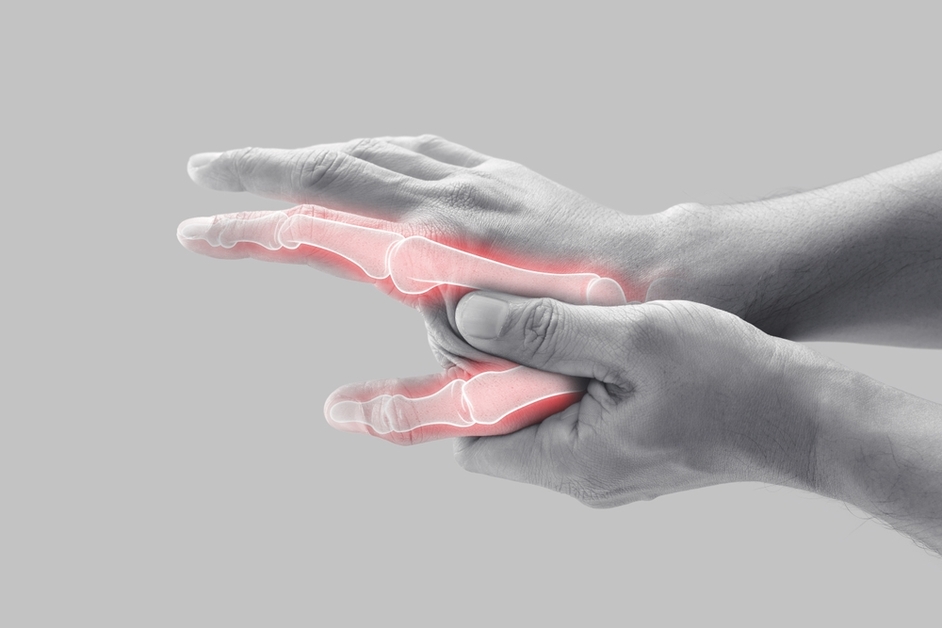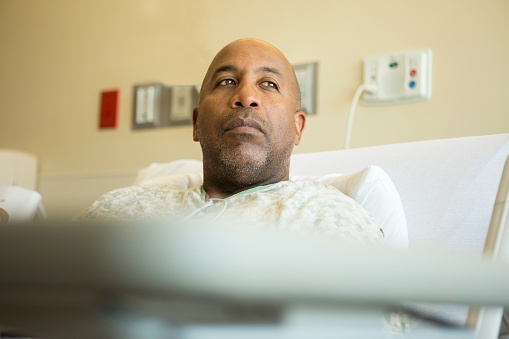
Patients with chronic kidney disease face increased risks for metabolic bone disease such as osteopenia and deposition disease. Among patients with gout, monosodium urate crystal (MSU) deposits are associated with bone erosions and joint damage.
In a poster titled Dual-Energy CT Bone Findings in Kidney Transplant Recipients with Uncontrolled Gout presented at ASN Kidney Week 2024, researchers, led by Bradley Allan Marder, MD, presented baseline bone-related findings from the PROTECT study examining the safety and efficacy of pegloticase in kidney transplant recipients with uncontrolled gout receiving immunosuppression therapy. A subset of participants underwent dual-energy computed tomography (DECT).
The current analysis included kidney transplant recipients with eGFR ≥15 mL/min/1.73 m2 at one year post-transplant with available baseline DECT. Images of interest were bilateral hands/wrists, feet/ankles, and/or knees acquired via standard protocols. Default post-processing for MSU detection was utilized. The images were interpreted by a central reader and erosion scores were calculated.
The images analyzed included 18 regions of eight patients. All eight patients were male, mean age was 52.3 years, mean time since transplant was 18.7 years, mean eGFR was 45.6 mL/min/1.73 m2, mean serum urate level was 10.4 mg/dL, and mean flare rate was 5.3/6 months.
Results of DECT showed multiple bone abnormalities in all patients. The abnormalities included erosions and osteopenia/osteomalacia (trabecular bone loss, cortical thinning, and/or bone resorption). The most common regions for erosions were feet/ankles and hands/wrists (both n=7; 88%). Erosions were most severe in feet/ankles (≥10% eroded: n=3; 38% and ≥40% eroded; n=2; 25%). The erosions were adjacent to MSU deposits, non-MSU mineralized matrix, and/or not adjacent to any deposits.
In conclusion, the authors said, “These images provide new insight on bone/soft tissue abnormalities in kidney transplant recipients with uncontrolled gout. Though not an intended PROTECT outcome, DECT showed overall poor bone health. Given additional erosive bone/joint damage MSU deposits can cause, findings suggest effective gout management as an opportunity to improve an aspect of bone health in kidney transplant recipients with gout.”
Source: Marder BA, Dalbeth N, Abdellatif AA, et al. Dual-energy CT bone findings in kidney transplant recipients with uncontrolled gout. FR-PO251. Abstract of a poster presented at the American Society of Nephrology Kidney Week 2024; October 25, 2024; San Diego, California.







 © 2025 Mashup Media, LLC, a Formedics Property. All Rights Reserved.
© 2025 Mashup Media, LLC, a Formedics Property. All Rights Reserved.